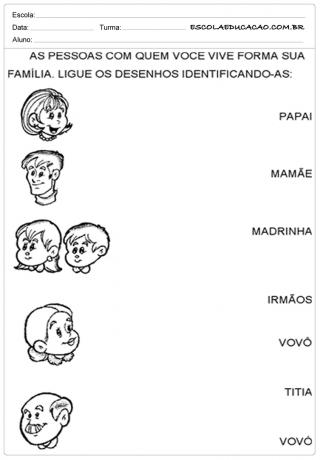Budding is a type of asexual reproduction, just like the binary division, multiple division, vegetative propagation and fragmentation.This type of reproduction is observed in some species of animals and plants.
→ Asexual reproduction
Before characterizing what budding is, it is important to understand what asexual reproduction is. In general, we can say that this reproduction occurs without the presence of gametes.
Because there is no combination of two gametes, there is no mixing of genetic material and, consequently, there is no genetic variability. Because of the lack of genetic variability, we say that the organisms generated in asexual reproduction are clones.However, it is important to point out that they can occur mutations, causing individuals with different genetic material to be generated.
Asexual reproduction differs from sexual reproduction, which is characterized by the presence of gametes. As an example of organisms that perform asexual reproduction, we can mention human beings.
→ Budding
In budding, as the name suggests, there is the appearance of sprouts on the surface of the organism. These sprouts will give rise to a new individual, which can grow on the organism that originated it, forming colonies, or be released into the environment. This type of reproduction is common in several plant species, occurring more frequently in angiosperms, and also in some species of animals, mainly from the group of cnidarians and poriferous.
The hydra is a well-known example of a cnidarian that reproduces by budding (See figure at the beginning of the text). In this case, it is observed, initially, the formation of a mass of cells that divide by mitosis in the animal's body. These cells produce a small hydra that separates from the parent.
Stone corals are other examples of this type of asexual reproduction.. In these organisms, shoots are formed but remain attached to the parents. This leads to the formation of a colony, which can be made up of thousands of connected individuals.
By Ma. Vanessa dos Santos
Source: Brazil School - https://brasilescola.uol.com.br/o-que-e/biologia/o-que-e-brotamento.htm

